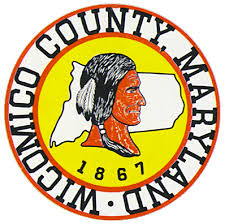
Salisbury, MD – Salisbury’s Poplar Hill Mansion has a new exhibit – and it’s a sweet one.
The new exhibit, titled “The History of Sugar in the 1800s,” is located on the museum’s second floor. Featured items include sugar tongs, pots, goblets, casters, a sugar mold, a firkin and a chest.
The time period interpreted at Poplar Hill Mansion is from about 1800-1830, which is the general time frame of when many of the pieces in the new exhibit are from. There were sugar-related items listed in the inventory of Dr. John Huston, who lived in the home from 1805-1828, and sugar was expensive at the time – kept under lock and key. Sugar was also used for medicinal purposes, and Huston was a surgeon.
“This new exhibit allows people to gain a new perspective on sugar and learn about its role in history,” said Poplar Hill Mansion Curator Sarah Meyers. “Sugar was a driving force behind the slave trade prior to cotton. Visitors can learn the interesting story of Thomas Jefferson’s ‘maple sugar scheme,’ too.”
Poplar Hill Mansion is located at 117 Elizabeth St. in Salisbury, and the mansion is open for visitors Friday and Sunday between noon-4 p.m. (closed holidays, including Good Friday and Easter). Admission is free, but donations are appreciated.



